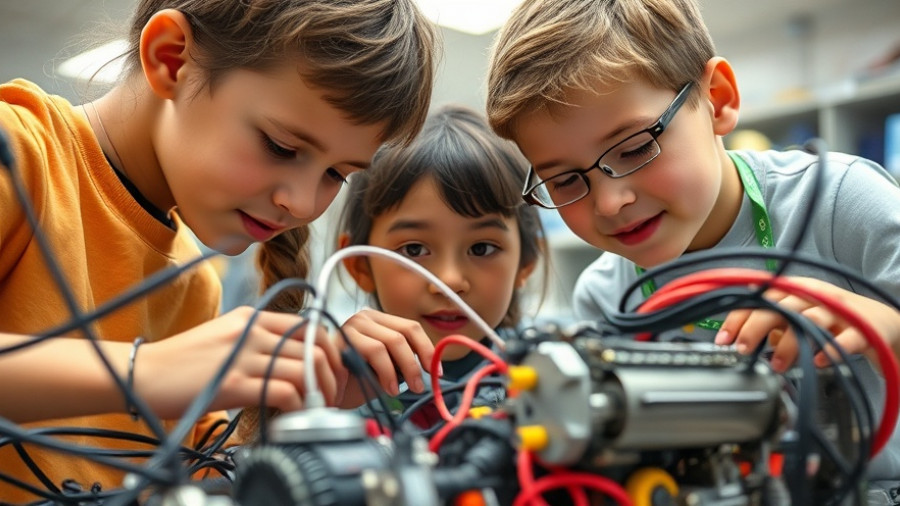
The Dawn of Solar Prediction: Introducing Surya
In a groundbreaking collaboration, IBM and NASA have unveiled Surya, an advanced AI model designed to model our sun and predict solar storms with remarkable precision. This innovative tool has been trained on nine years of data from NASA's Solar Dynamics Observatory (SDO), which provides high-resolution images of the sun at various wavelengths, allowing for deeper insights into solar activities. Unlike traditional models, Surya harnesses the power of AI to analyze these complex datasets without the need for extensive data labeling, thereby enhancing forecasting capabilities significantly.
Why Solar Storms Matter: Impact on Our Daily Lives
Solar storms, or solar flares, have the potential to disrupt communication systems, navigation satellites, and even power grids on Earth. With our increasing reliance on technology, understanding solar weather is no longer a luxury; it is a necessity. For tech-savvy entrepreneurs and startups, the implications of solar activity extend to business operations and safety protocols. By utilizing tools like Surya, businesses can prepare for solar events that might affect their digital infrastructure, ensuring continuity and reliability.
Understanding the Technology: How Surya Works
Surya operates on a digital twin principle, which creates a dynamic virtual model of the sun that evolves with new data intake. The core of its innovation lies in a long-range vision transformer AI architecture, capable of analyzing high-resolution imagery for subtle patterns in solar activity. This approach allows Surya to predict flares with an impressive 16% more accuracy than existing systems and provides predictions two hours in advance, doubling the typical warning time provided by older models.
Future Relevance: The Future of Solar Predictions and Business Strategies
The launch of Surya heralds a new era in how we interact with and understand solar phenomena. For entrepreneurs and agencies operating in sectors affected by solar activity, integrating AI tools like Surya into their tech stack can enable more informed decision-making. As solar events become predictable, businesses can develop contingency plans, ensuring resilience against potential disruptions. SaaS platforms that provide insights from Surya could revolutionize the way organizations assess risks from solar weather.
The Human Connection: Empowering Through Knowledge
As humanity stands on the brink of significant advancements in understanding solar dynamics, the role of knowledge becomes paramount. Surya not only empowers scientists but also offers insights that can help businesses adapt and thrive in a rapidly changing technological landscape. Embracing AI innovations offers a glimpse into an adaptive, resilient future; one where anticipation of natural events leads to strategic planning and sustainable growth.
In light of IBM's and NASA's pioneering efforts, businesses should consider how they can leverage cutting-edge technologies like Surya. Understanding the implications of solar weather can be the key to future-proofing operations and navigating the complexities of a tech-driven society. Taking steps towards integrating these innovations could distinguish forward-thinking organizations in a competitive marketplace.
 Add Row
Add Row  Add
Add 




Write A Comment